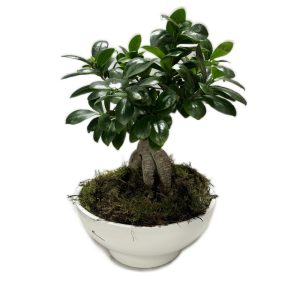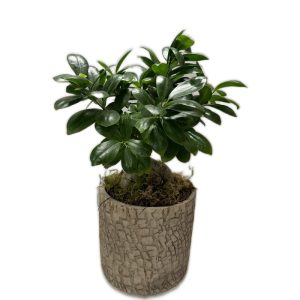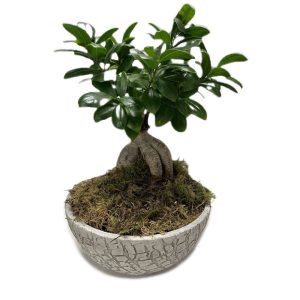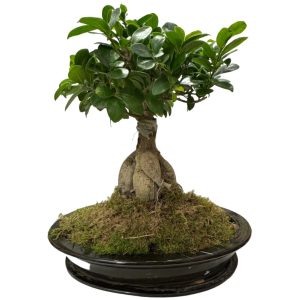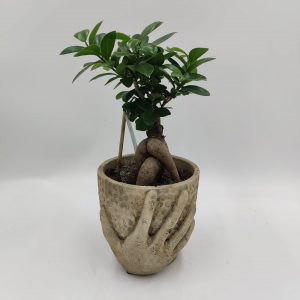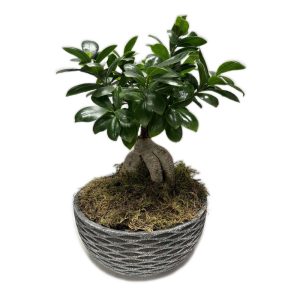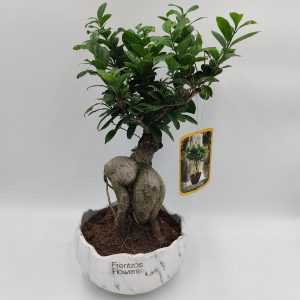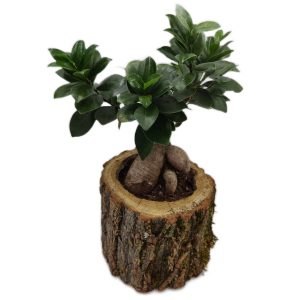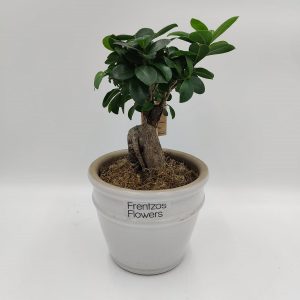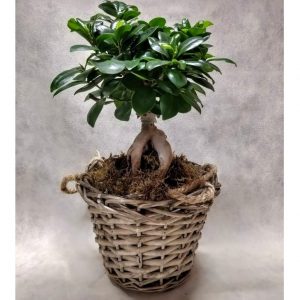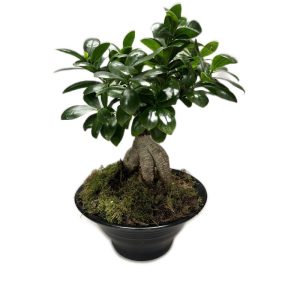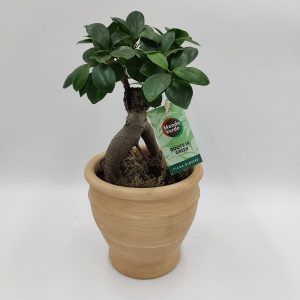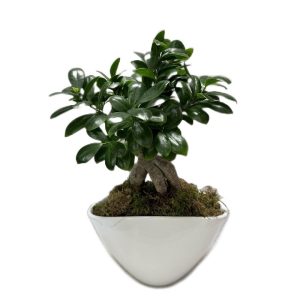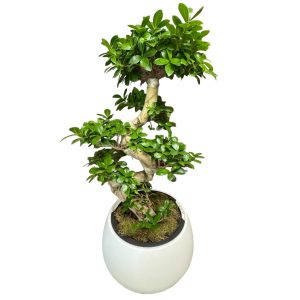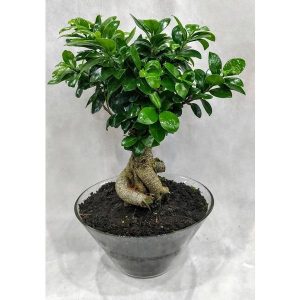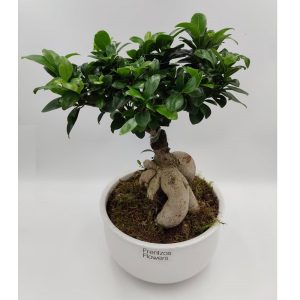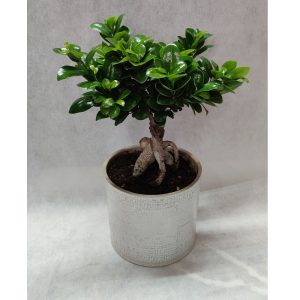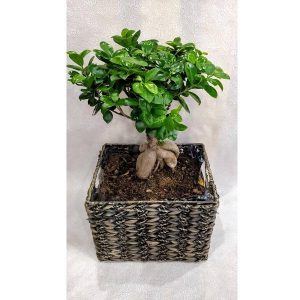The history of the Bonsai
The art of “bonsai” began to develop from 1000 AD in Japan. The word “bonsai” essentially means “small plant in a tray“. The first authentic testimonies of the trees bonsai date back to the beginning of the 14th century AD. It is quite possible, however, that the practice of cultivating the bonsai trees was created more than 1,000 years ago in China on a very basic scale, known as pun-sai, where only one small tree grows in a shallow container. These early trees had sparse foliage and rough trunks that often resembled animals, such as dragons or birds. The Japanese tend to focus on the use of native species for their bonsai them, specifically ficus, pine, azalea and maple, some of the species considered to be traditional species bonsai . For the Japanese, the bonsai represents a blending of strong ancient beliefs with Eastern philosophies of harmony between the individual, the soul and nature. In addition, an ancient Japanese saying written in Japan during the Kamakura period states that: “To appreciate and find pleasure in oddly shaped and pot-shaped trees, you must love deformation.”
The bonsai were brought into the interiors of homes on special occasions by the Japanese aristocratic elite and became an important part of Japanese life by displaying them on specially designed shelves. Later, in the 17th and 18th centuries, the Japanese arts reached their peak and influenced all the neighbouring populations. Bonsai evolved based on a much higher understanding and definition of nature.
In our flower shop you will find a variety of sizes of Ficus ginseng! Their Latin name is Ficus ginseng, and they belong to the Ficus family.
Symbolism
They are wonderful miniature trees, just the thing for Feng Shui lovers! Bonsai is a symbol of honour and prestige, of harmony between nature and the soul and the individual. By choosing this plant we can have a living art painting in our home! Combining the philosophy of Feng Shui and Bonsai, we see many people turning to the art and faith of this philosophy and creating a perfect working environment in terms of a sense of harmony and peace, while encouraging higher levels of productivity and interaction both on an individual and group level, and in their homes, changing their daily lives. Bonsai are in fact a copy of nature’s trees, where because of their volume and their needs in their natural environment they are impossible to fit into a garden, a yard or a balcony.
Plant morphology and care
Its leaves are small, shiny and green, while its trunk has a special design that either looks like a braid or is wavy. It is a perennial plant, in small, shallow pots to limit its growth and keep it miniature. The dwarf tree is therefore kept in a bright place, but direct exposure to sunlight should be avoided. In nature, trees develop a large root system, which penetrates deep into the soil and can receive the water and nutrients it needs. In the case of potted bonsai, we must ensure good quality soil and add the required amount of soil when needed. That is, when the roots are not covered by soil. Bonsai do not like too much moisture and stagnant water, so proper drainage should be done in a dish, or pebbles at the bottom of the potting soil. However, they also don’t like long periods of drought, or alternating between too much water and no water for a long period of time. The rule of thumb watering both in bonsai, and in most Plants, is as follows: when the soil on the surface and just below it is dry, it is the right time to water our plant. In Chinese Ginseng means “root”. It is advisable to place it in a place away from drafts. In the growing season, i.e. during the summer months, it needs more water than in winter.Bonsai Products
-
Μπονσάι Φίκος – White
- 90,00€
- Add to cart
-
- Sale!
Μπονσάι Φίκος – Impressive
-
150,00€Original price was: 150,00€.140,00€Current price is: 140,00€. - Add to cart
-
Bonsai Ficus – Hands
- 55,00€
- Add to cart
-
Bonsai Ficus
- 75,00€
- Add to cart
-
Mini Bonsai Ficus
- 50,00€
- Add to cart
-
Bonsai Elegant
- 102,00€
- Add to cart
-
Bonsai Fikos – White
- 70,00€
- Add to cart

